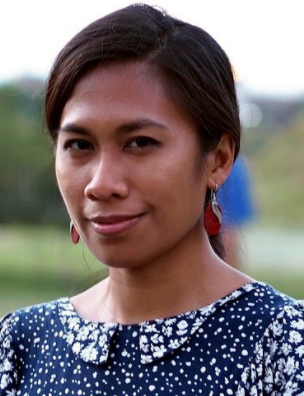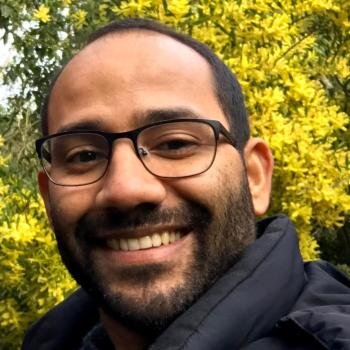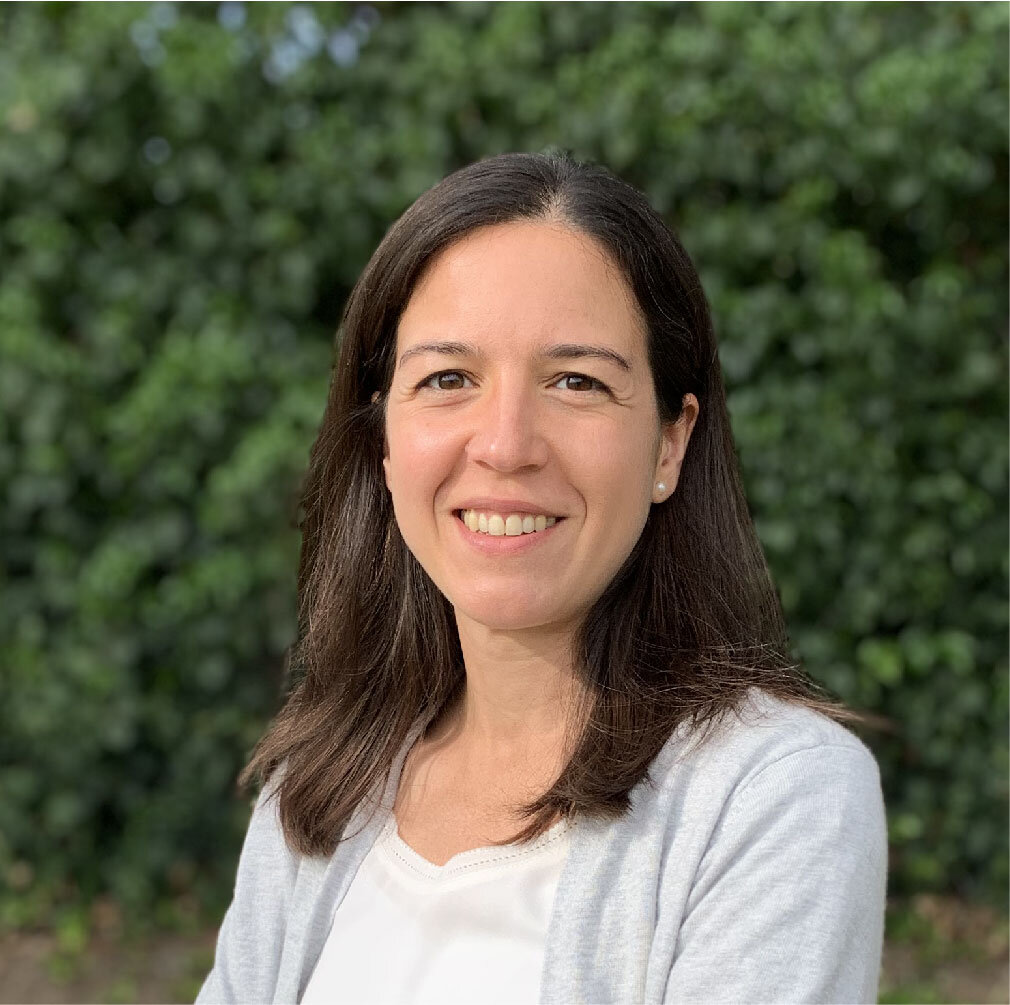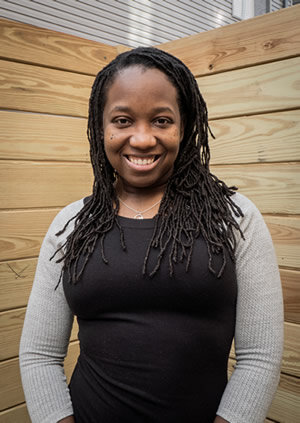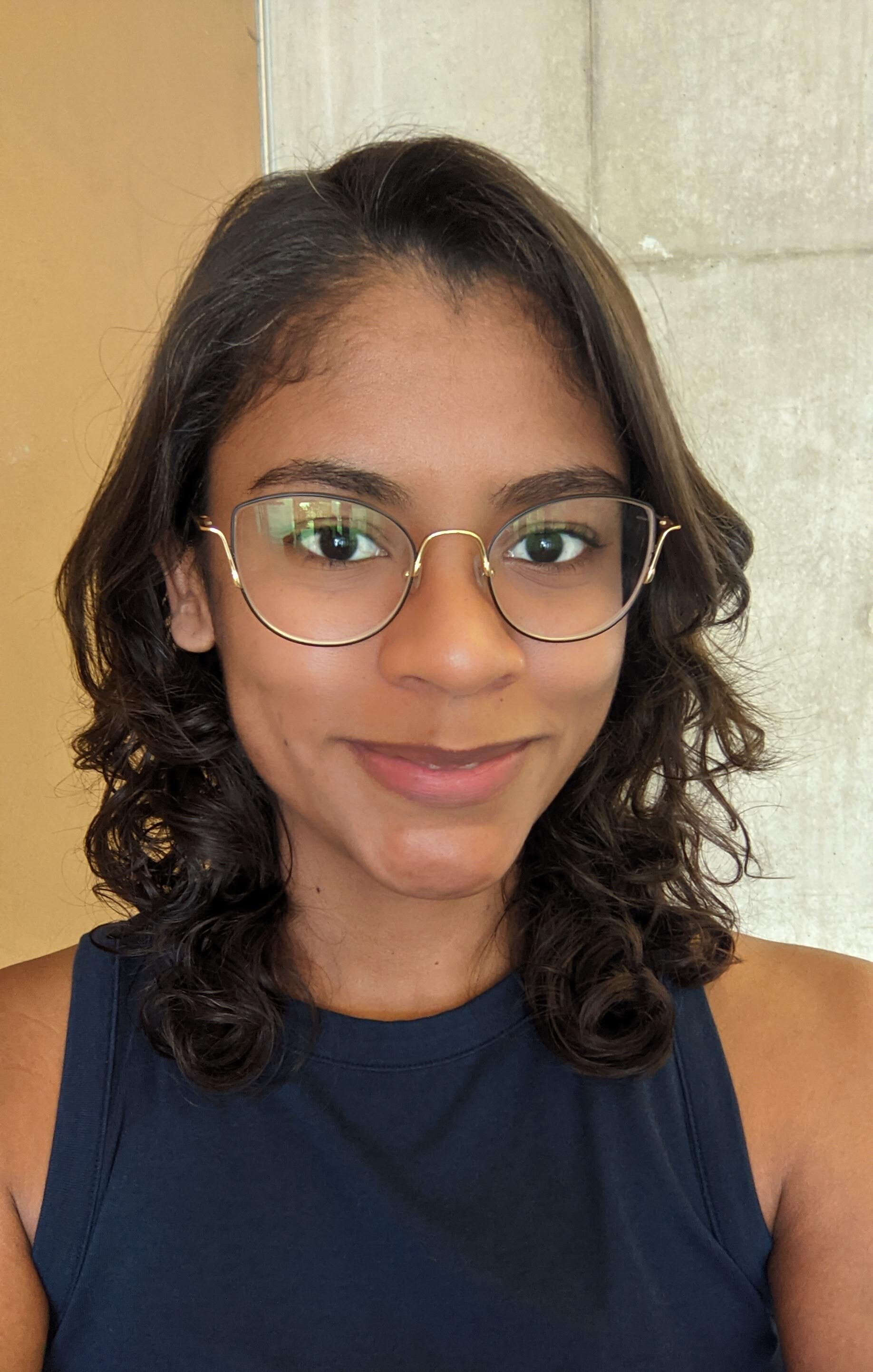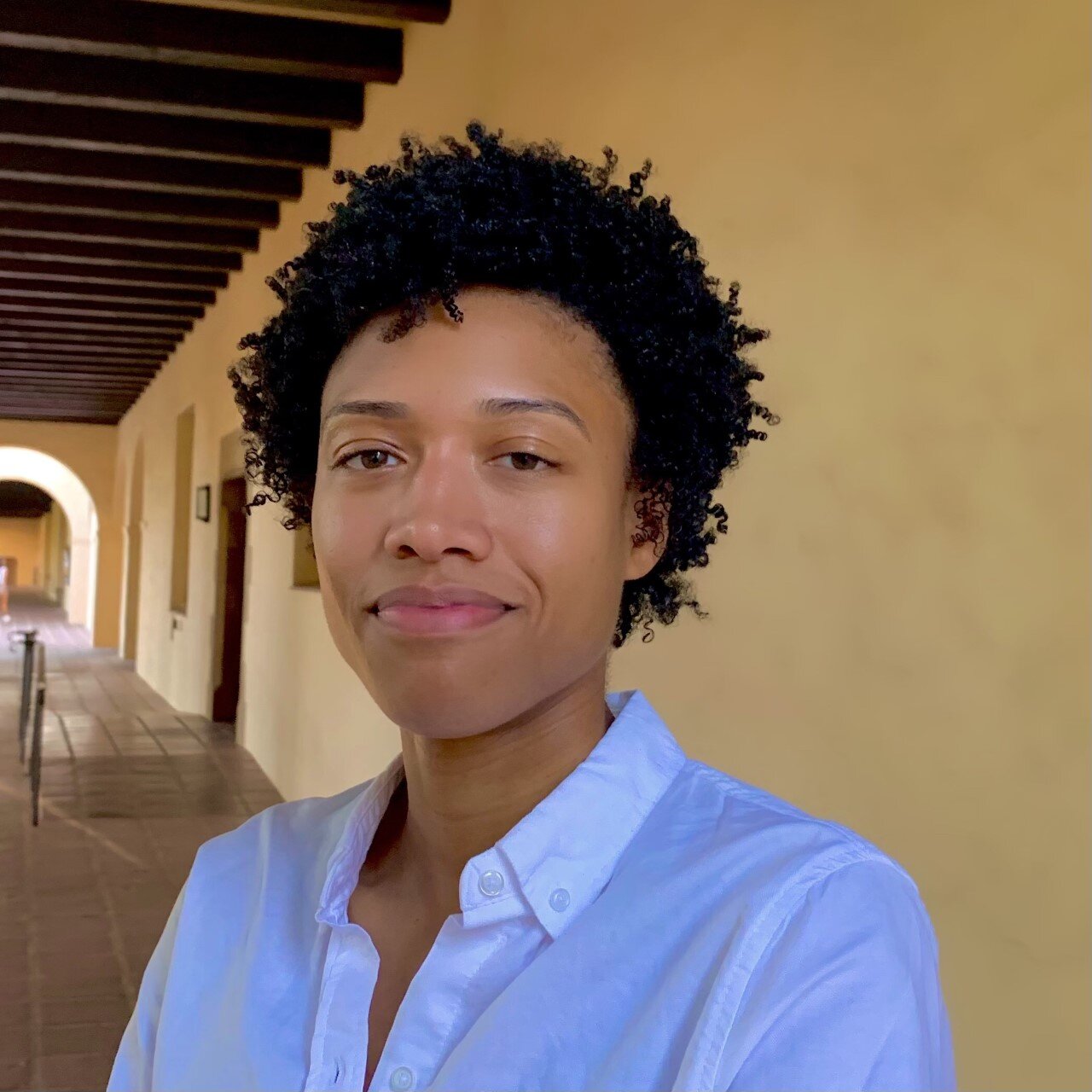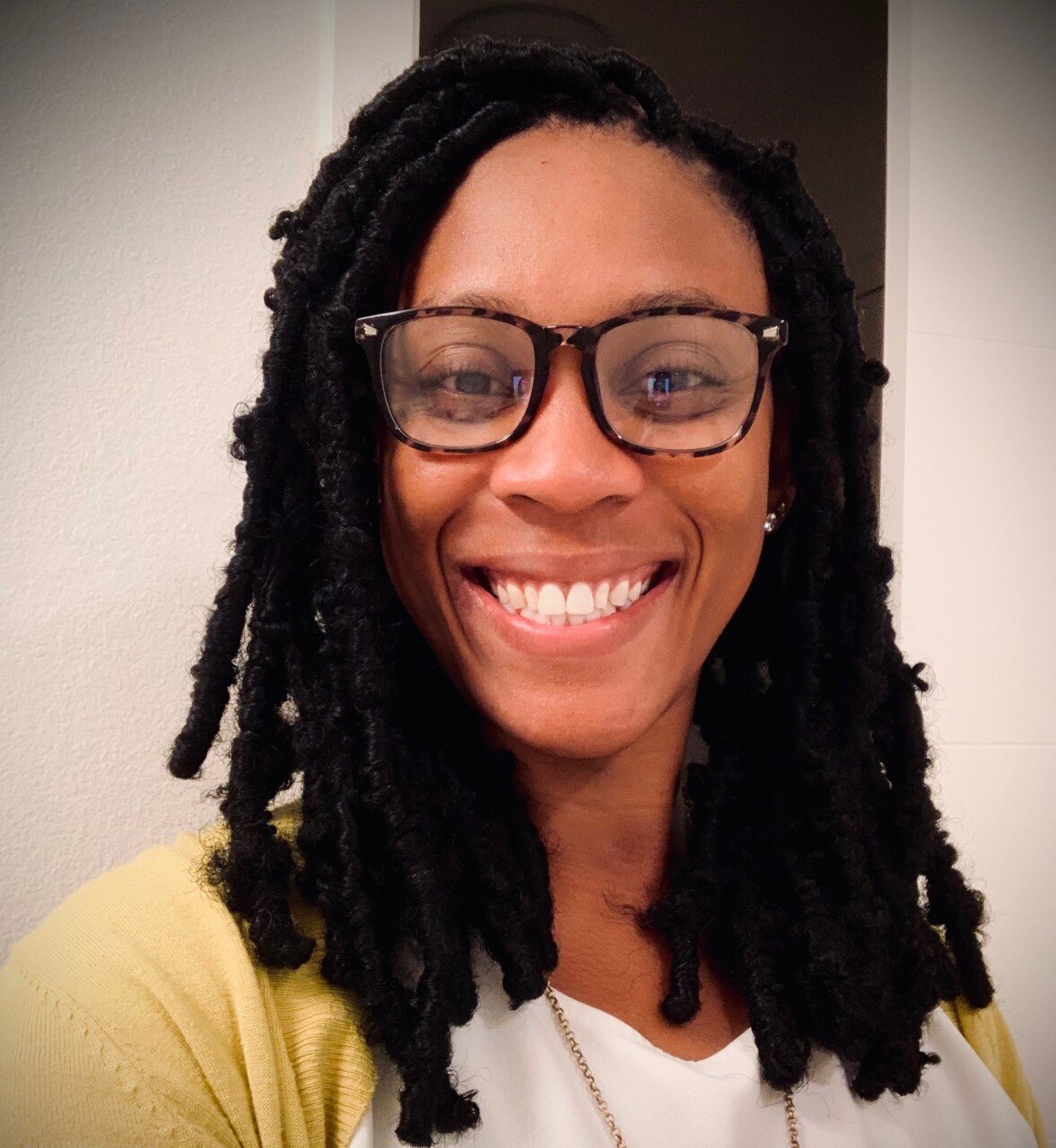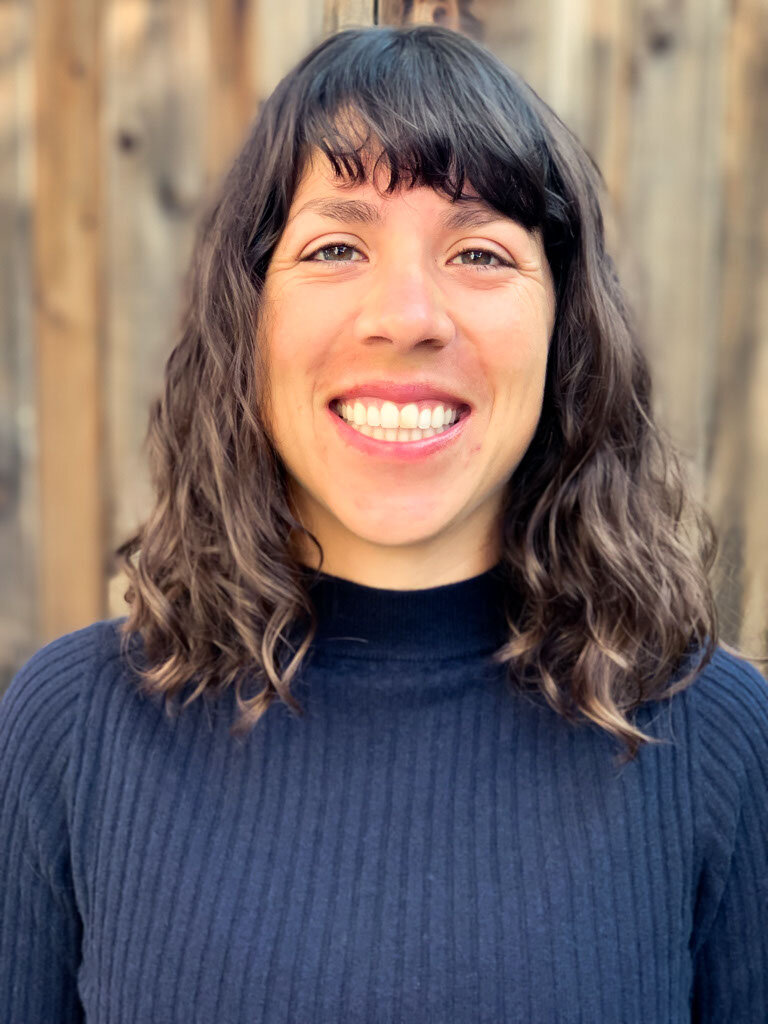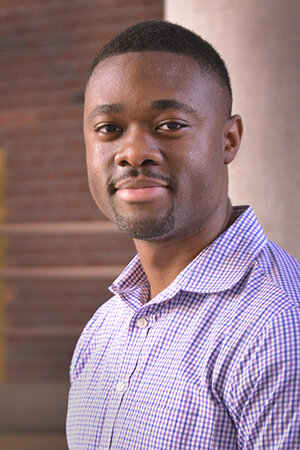Keynote Speakers
Special Guest Speakers
Featured Speakers
Honorable Mentions
Hoda Abdel Magid (Stanford University) (CV) Leveraging spatial epidemiology to reduce health disparities.
Hoda Abdel Magid, PhD, MHS is a postdoctoral research fellow in the Department of Epidemiology & Population Health and the Center for Population Health Sciences. She is also a fellow in the Big Data-Scientist Training Enhancement Program (BD-STEP) at the Palo Alto VA. Her graduate career research promoted the understanding of new and emerging tobacco products use among adolescents and young adults. She received her Masters of Health Science in Environmental Epidemiology from The Johns Hopkins Bloomberg School of Public Health in 2015 and her Doctorate in Epidemiology from the University of California, Berkeley in 2018 with a focus in Social Epidemiology. Dr. Abdel Magid’s current research builds upon her previous training to further understand chronic disease risk behaviors and leverages spatial epidemiology to examine health disparities among socially-marginalized populations.
Juan Angueyra (National Institutes of Health ) (CV) Understanding cellular identity through fate decisions in photoreceptor development.
Juan Angueyra is a vision neuroscientist interested in how decisions of fate and identity in photoreceptors determine retinal computations. An avid microscopist, Dr. Angueyra is in search of capturing beauty in biological images.
Daniel Bayless (Stanford University) (CV) Sexually differentiated neural circuits and social behaviors.
Daniel Bayless is a postdoc in Dr. Nirao Shah's lab at Stanford University. He was born and raised in Tulsa, Oklahoma and pursued his undergraduate studies at the University of Oklahoma. After graduation Dr. Bayless went to graduate school at Tulane University in New Orleans, where he received his PhD in Neuroscience while working in Dr. Jill Daniel’s behavioral neuroendocrinology lab. During his PhD, Dr. Bayless established that a sex difference in impulse control, that is observed in humans (females have better impulse control than males, on average), is also present in rats and it is mediated by neonatal sex hormones. After graduate school, his academic journey moved out west, to the Bay Area where he joined Dr. Nirao Shah’s lab, first at UCSF and now at Stanford. In the Nirao lab, Dr. Bayless has been immersed in molecular and genetic techniques while studying sexually differentiated social behaviors in mice. Using these techniques, he recently identified for the first time in the vertebrate brain, a neural locus that innately encodes mate recognition in male but not female mice. Daniel is currently seeking a faculty position and is very excited about starting his own research lab.
Fatima Enam (Stanford University) (CV) Precision reprogramming the gut microbiome.
Fatima Enam is a postdoctoral fellow in the Sonnenburg Lab at Stanford University School of Medicine. Her research interests lie at the intersection of synthetic biology, glycobiology, and the microbiome, aiming to address one central challenge: Can we create an optimized microbiome to treat or prevent specific diseases? The ability to engineer the microbiome, consisting of rationally designed units, will pave the way for novel treatment options for patients. She is also very passionate about promoting diversity in academia, with the ultimate goal to make the scientific community a better place in equity, environment, and experience.
Diego Fernandez (National Institutes of Health (NIH) (CV) Retina-brain circuits that process daily changes in ambient light to modulate animal behavior.
Diego Fernandez is an Argentine neuroscientist investigating how neuronal circuits process environmental stimuli to modulate animal behavior. After obtaining his Ph.D. from the University of Buenos Aires, Argentina, Dr. Fernandez started his postdoc at Johns Hopkins University with the support of the Pew Latin American fellowship. During this stage, he characterized parallel retina-brain circuits that drive ambient light signals to affect learning and mood in mice. Dr. Fernandez then joined the NIMH, where he has been studying the impact of retinal innervation over circuits that timely modulate metabolism and behavior. Collectively, these findings have important implications for the study of retina-brain connectivity, circadian rhythms, and affective behavior, offering new conceptual approaches to study sensory perception.
Leah Guthrie (Stanford University) (CV) Decoding microbial polyphenolic metabolism and impact on uremic illness.
Leah Guthrie is a Hanna Gray fellow and postdoc in Justin Sonnenburg’s lab in the Department of Microbiology and Immunology at Stanford University. Dr. Guthrie uses metagenomics, metabolomics and cheminformatics to gain enzyme level insight into microbial metabolism of foods and drugs and the functions of microbial metabolites. She is interested in a diverse range of questions relevant to the role of microbes in human health and disease: how gut microbes shape food and drug metabolism, how microbial metabolites shape human biology, and how the microbiome can be manipulated to benefit human health.
Shuo Han (Stanford University School of Medicine) (CV) Regulation of host aging and physiology by the intestinal microbiota.
Shuo Han is currently a postdoctoral fellow in the laboratory of Dr. Justin Sonnenburg at Stanford University School of Medicine. Dr. Han’s research focuses on developing metabolomics tools to identify and study the universe of metabolites produced in the human gut microbiota, leveraging mass spectrometry, bioinformatics, bacteriology, and gnotobiotic mouse models. Previously she conducted her graduate research with Dr. Anne Brunet at Stanford studying mechanisms of aging, and identified a bioactive lipid linking chromatin biology to lifespan extension in C. elegans. Leveraging her expertise in the gut microbiome and aging, Dr. Han plans to lead an interdisciplinary program to define the regulation of host aging and physiology by the gut microbiota. Her long-term goal is to develop gut microbiota-targeted interventions to ameliorate age-associated health decline in the mammalian host. Building on her personal journey as an immigrant, scientist, and mother, Dr. Han aspires to continue her quest to promote DEI through active recruitment, community outreach, and mentoring the next generation of scientists.
Colwyn Headley (Stanford University) (CV) Extacellular delivery of functional mitochondria to reverse dysfunctions in aging.
Colwyn Headley says that, “In the simplest sense, I’m looking for the fountain of youth.” During Dr. Headley’s Ph.D. studies, he became fascinated with aging biology, and whether transplanting young, healthy mitochondria into older immune cells could boost immunity in the elderly. As a Post-Doctoral scholar at Stanford, Dr. Headley is applying knowledge from his prior science adventures to understand how aging in the immune compartment contributes to cardiovascular complications.
Maia Kinnebrew (Stanford University) (CV) Cholesterol as a second messenger: a new concept in membrane biology.
Maia Kinnebrew is interested in understanding the role of lipids in cell signaling. Dr. Kinnebrew received her Ph.D. from Stanford University in Rajat Rohatgi’s group where she showed how the accessibility of cholesterol in a membrane compartment controls the Hedgehog signaling pathway. Dr. Kinnebrew’s work revealed how cholesterol can function as an instructive signal to regulate protein activity, a discovery with implications for diverse events ranging from pathogen entry to neurodegeneration. In her postdoctoral research she is probing the function of cholesterol in other cell signaling events and using genetic screens to uncover lipid homeostatic mechanisms. Beyond the lab, Dr. Kinnebrew is dedicated to increasing the retention of women and minorities in science.
Huong Kratochvil (University of California, San Francisco) (CV) De novo protein design of proton-selective ion channels tests hypothesis of transient water wires in proton channel selectivity.
Huong Kratochvil got her B.S. in Chemistry from the University of Texas at Austin. In 2016, under the supervision of Prof. Martin T. Zanni, she got her PhD in Physical Chemistry from the University of Wisconsin-Madison. Her graduate research focused on applying ultrafast vibrational spectroscopy to address complex biophysical questions concerning mechanisms of ion conduction in potassium ion channels. She continued her research on ion channel biophysics in the lab of Prof. William F. DeGrado at the University of California-San Francisco. Here, she is studying the fundamental roles of hydrophobic gaskets and water networks in proton channel function through the study of a natural proton channel from the influenza A virus and design of novel proton channels from scratch. Her work in her postdoc on proton channels has led to several fellowships including the NIH F32 and the K99 awards. In her future work, she will use protein design to: 1) test mechanistic hypotheses in membrane protein structure and function, and 2) define new protein–protein interactions for engineering novel protein-based materials and therapeutics.
Shan Meltzer (Harvard University) (CV) The molecular mechanisms of mammalian touch circuit assembly.
Shan Meltzer has a long-standing research interest in developmental neurobiology and its implications for neurological diseases. As a Hanna Gray Fellow in Dr. David Ginty's lab at Harvard Medical School, Dr. Meltzer aims to elucidate how touch sensory neurons develop in mammals. Using a powerful combination of anatomy, sequencing, behavior, and electrophysiology, she is revealing the roles of new molecules that regulate the assembly of somatosensory circuits. Dr. Meltzer’s research could lead to new therapies for restoring touch in people with sensory disorders or nerve injuries.
Rachel Niederer (Yale University) (CV) What determines the translational output of an mRNA?
Fundamentally, Rachel Niederer is interested in how RNA features affect biological processes. As an undergraduate Dr. Niederer studied how rRNA modifications impacted translational fidelity. During her PhD she investigated the fascinating telomerase RNP complex. Dr. Niederer’s current and future work aims to answer the question: What determines the translational output of an mRNA? Her research focuses on regulatory features found within 5'-untranslated regions (5'-UTRs), which are sufficient to cause thousand-fold differences in protein output per mRNA.
Jasmine Nirody (Rockefeller University / University of Oxford) (CV) Mechanics as a lens into phenotypic flexibility and evolution.
Jasmine Nirody is an integrative biologist, and her research sits at the interface of biophysics and evolution. Dr. Nirody studies the physical interactions between organisms and their environments, and how these interactions in turn shape organismal form and behavior. Currently, she is an Independent Postdoctoral Fellow at Rockefeller University and All Souls College, University of Oxford. Previously, Dr. Nirody received her BA in Mathematics and Biology from New York University and a PhD in Biophysics (with a Designated Emphasis in Computational and Genomic Biology) from UC Berkeley.
Agostina Palmigiano (Columbia University) Mechanisms underlying the integration of visual and behavioral signals in mouse V1.
Agostina Palmigiano is a Swartz Fellow at the Center for Theoretical Neuroscience at Columbia University, working in the lab of Dr. Ken Miller. Her research involves the development of mathematically tractable models with biological fidelity to investigate the mechanisms underlying sensory representations and how they are shaped by and in conjunction with behavior.
Candice Price (University of California, Davis) (CV) Investigating the role of sugar-sweetened beverage consumption in the mechanisms of cardiometabolic disease development in Black women.
Dr. Candice Price is an Assistant Professor at the University of California, Davis in the Department of Molecular Biosciences. She is a cardiometabolic researcher focused on understanding the physiological and molecular mechanisms of type 2 diabetes and cardiovascular disease development in Black women. Her primary research investigates the impact of sugar-sweetened beverage consumption on cardiometabolic health in Black women. In addition to examining physiological outcomes, Dr. Price is also exploring the potential effects of sugar-sweetened beverage consumption on blood epigenetic biomarkers, microRNA and DNA methylation, plus the gut microbiome in women. She is a co-investigator on the NHLBI National Growth and Health Study to examine the potential associations of gut microbiome and epigenetic biomarkers with health outcomes in Black and white women. Recently, Dr. Price has expanded her research portfolio to include examining the impact of sugar-sweetened beverage on the recent growth of type 2 diabetes prevalence in sub-Saharan Africa with pilot studies and collaborations in Kenya and Ghana. She is also involved in community partner studies aiming to improve nutrition, maternal health, and breastfeeding disparities amongst Black women.
Nuttida Rungratsameetaweemana (The Salk Institute for Biological Studies) (CV) Neural dynamics of adaptive information processing across species.
Nuttida Rungratsameetaweemana is a postdoctoral fellow in the computational neurobiology laboratory at the Salk Institute for Biological Studies. She received her Ph.D. in neurosciences from the University of California, San Diego, where she investigated the neural dynamics of decision making under uncertainty. Her current projects combine computational techniques with psychophysical experimental paradigms and various types of neural recordings to probe the neural computations that underlie complex cognitive functions in both health and disease.
Shelbi Russell (University of California, Santa Cruz) (CV) Cellular mechanisms and evolutionary outcomes of microbial symbiont transmission.
The natural world is full of symbiotic associations between diverse organisms that enable innovative solutions to ecological and environmental pressures. Shelbi Russell’s research uses model and non-model systems to understand how these associations are maintained from generation-to-generation. Using computational approaches that Dr. Russell developed in her PhD work, and in vitro and in vivo experimental systems that she developed in her postdoctoral studies, she intends that her future lab will reveal the functional genetic underpinnings and evolutionary implications of symbiont transmission. Long-term, Dr. Russell aims to apply these findings to biological control applications that use symbionts to control host populations (e.g., Wolbachia bacteria in mosquitoes). Her multidisciplinary research program in a rapidly developing field in academia and industry she hopes will provide excellent career opportunities to her future trainees.
Trevor Sorrells (Rockefeller University) (CV) A persistent behavioural state enables sustained predation of humans by mosquitoes.
Trevor Sorrells studies mosquito behavior in the lab of Leslie Vosshall at Rockefeller University. Using optogenetics to activate neurons with light, Dr. Sorrells found that mosquitoes are highly persistent, searching for humans for more than 10 minutes after a brief sensation of human breath. His lab will identify the neural circuits controlling blood feeding and determine how this behavior arose in evolution.
Jacob Steenwyk (Vanderbilt University) (CV) The evolution and function of fungi.
Jacob Steenwyk aims to make education more accessible, promote diversity, equity and inclusion, and build a bridge between scientists and the public. To this end, Dr. Steenwyk is an instructor of an international workshop on phylogenomics, serves on committees across Vanderbilt University that aim to enhance diversity and inclusion, and organizes/participates in science-based community engagement events. His research interests integrate the fields of computer science, evolution, and genomics. More specifically, current research objectives leverage the diversity of budding yeasts and filamentous fungi to study the principles and pace of evolution. Dr. Steenwyk also develops computational tools to facilitate these studies.
Valerie Tornini (Yale School of Medicine) (CV) Big roles for tiny peptides in vertebrate development.
Valerie Tornini is a developmental biologist interested in understanding cell specification mechanisms in development and regeneration. Dr. Tornini’s current research uses genetics/genomics, genome engineering, behavioral and pharmacological assays, and zebrafish as animal models, to investigate the roles of chromatin modifiers micropeptides in establishing and maintaining cell identities, and how these are dysregulated in neurodevelopmental disorders. Previously, her doctoral work used adult zebrafish tissues and organs, primarily the fin, as genetic models to understand how cells in a complex adult tissue coordinately regenerate a patterned structure after injury. For more information, please visit: valerietornini.com.







